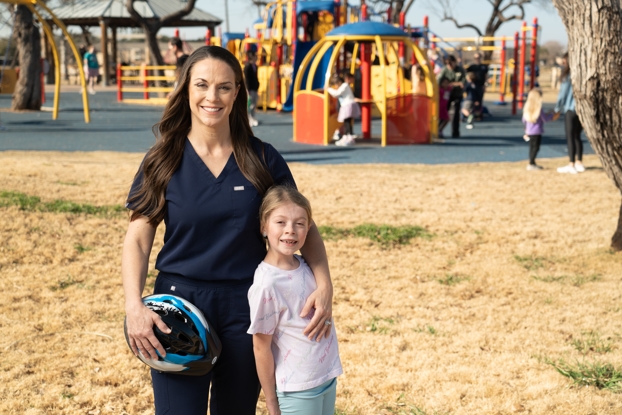The Caring Legacy of J.M. and Margaret Shannon
- Category: Community, News, General Blog
- Posted On:
- Written By: Allison Moore

To understand the Shannon legacy of generosity, friendliness and exceptional healthcare, it’s important to understand how the name “Shannon” came to the Concho Valley in the first place.
John Moore Shannon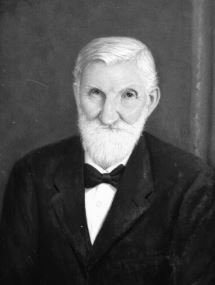 was born in New Orleans, Louisiana in 1849. His family hailed from County Kerry, Ireland, and his father was a planter in Louisiana prior to the Civil War. J.M. attended grade school in New Orleans, and then worked on his father’s plantation. When the Civil War and his father’s death left the family destitute, J.M. relocated to California instead of following the rest of the family to Australia. There he learned to shear sheep, a skill he maintained for the rest of his life. By the late 1860s, J.M. had traveled to visit family in Australia and New Zealand, where he continued working on large sheep operations.
was born in New Orleans, Louisiana in 1849. His family hailed from County Kerry, Ireland, and his father was a planter in Louisiana prior to the Civil War. J.M. attended grade school in New Orleans, and then worked on his father’s plantation. When the Civil War and his father’s death left the family destitute, J.M. relocated to California instead of following the rest of the family to Australia. There he learned to shear sheep, a skill he maintained for the rest of his life. By the late 1860s, J.M. had traveled to visit family in Australia and New Zealand, where he continued working on large sheep operations.
In 1872, J.M. met his match on a steam ship leaving New Zealand for the U.S. Eighteen-year-old Margaret Alexandrina Campbell 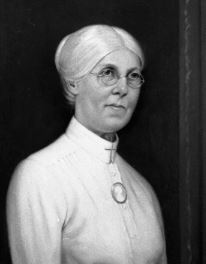 came from an aristocratic Scottish family and was traveling the world after finishing her formal education. When the ship docked two months later in San Francisco, J.M. and Margaret were engaged to be married. The couple maintained their romance by mail for two years; Margaret continued to Scotland, and J.M. stayed in the U.S. to attend to business interests.
came from an aristocratic Scottish family and was traveling the world after finishing her formal education. When the ship docked two months later in San Francisco, J.M. and Margaret were engaged to be married. The couple maintained their romance by mail for two years; Margaret continued to Scotland, and J.M. stayed in the U.S. to attend to business interests.
J.M. and Margaret were married at the home of Robert Burns, Scotland’s national poet, in Ayr, Scotland in 1874. On returning to the U.S., the couple lived in Kansas City, Albuquerque, and then in Big Spring and Colorado City in West Texas.
In 1885, J.M. partnered with A.F. Clarkson and Ben Griffith on a contract to construct 85 miles of fence for the Yellow House Division of the XIT Ranch (one of the largest ranches in the state). The men worked 16-hours days, seven days a week, for 19 months straight to complete the project. Because of the logistical challenges of hauling supplies to remote ranchland, J.M. and his partners did not see much profit from the venture.
In the late 1880s, J.M. utilized profits from money borrowed in a successful cattle trade to establish a ranching headquarters in Crockett County, 25 miles northwest of Ozona. J.M. and Margaret lived in a half-dugout, half-shack shelter there on the ranch. Though he began with a herd of 2500 sheep he’d amassed while living in Colorado City, J.M.’s livestock holdings grew to include 5,000 sheep, 8,000 cattle and many horses on about 150,000 acres (230 sections). Some reports maintained that by 1895, J.M. owned closer to 256,000 acres (400 sections) in Crockett County. The main ranch holdings were supplemented by smaller properties in Scurry, Mitchell and Garza counties.
By 1893, J.M. and Margaret Shannon had relocated their primary residence to San Angelo: they first stayed in an apartment on Beauregard Avenue, before moving to the St. Angelus Hotel (now Central National Bank), where they resided until their deaths.
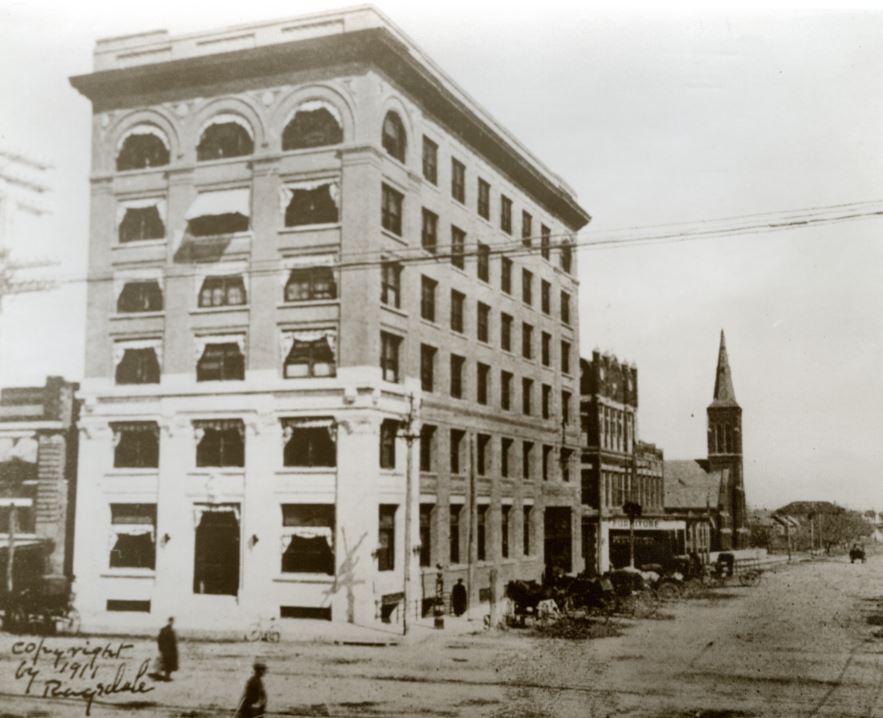
Despite his wealth, J.M. Shannon gained a reputation as thrifty and eccentric. J.M. reportedly wore a shapeless greasy hat, no socks (an unaffordable luxury) and breeches held together with safety pins or mesquite thorns. He rode in the back of the cattle cars when sending his herds to market in Kansas City, and refused to hire men who wore gloves or smoked cigarettes (as he would not wait for them to put on gloves or snuff out cigarettes before starting a job).
He was also known for “staying with the herd” – never letting his status as manager or physical distance keep him from his work. J.M. worked as part of a shearing crew at the same pay rate as the other hands (despite owning his own sum of land and animals) and continued to work in his office daily at age 73.
J.M. and Margaret were also the first to own a Model T Ford in Crockett County. When the vehicle arrived by train without operating instructions, the couple decided to drive it to San Angelo. The speed of the car became dangerous, and Margaret commented: “Why, Mr. Shannon, if we keep going at this rate of speed, we’ll be in San Angelo before lunch.” With a certain dry humor, J.M. replied: “Yes, and if I don’t figure out how to stop this thing, Mrs. Shannon, we’ll be in hell before breakfast!”
Prior to his death, J.M. Shannon was heavily involved in banking and insurance interests across the Concho Valley. He served as the director of First National Bank of Snyder, director of Ozona National Bank, vice president of Central National Bank (San Angelo), vice president of Guaranty State Bank (San Angelo) and president of First State Bank of Big Lake. J.M. also supported expanding the sheep and wool industry in the Concho Valley and served as director of the Wool Grower’s Central Storage Company in San Angelo.
He also helped form and served as the first president of the Western Reserve Life Insurance Company of San Angelo, which was the first and only venture into the competitive life insurance industry in West Texas.
J.M. Shannon died after a lengthy illness in 1928. His estate was left in total to his wife, Margaret, estimated at $2 million ($35 million today). At the time of his death, J.M. had personally cosigned on $3 million worth of debt for other area ranchers, and the Shannons had underwritten educational or business pursuits for over twenty young men in the area.
Margaret Shannon continued the same frugal and modest lifestyle until her death in 1931. She remained a faithful member of Emmanuel Episcopal Church in San Angelo and had traveled to visit relatives in Scotland throughout her life. However, the Shannons left no direct descendants.
In accordance with the couples’ joint will, a trust was formed to oversee the execution of the will and the management of the Shannon estate, including the ranch property. These first Trustees included: Dr. J.S. Hixon (Margaret’s physician), Judge. W.C. Banks (president of Central National Bank), Alex Collins (attorney, vice president of Central National Bank), J. Willis Johnson (rancher, vice president of Central National Bank), Henry Jackson (attorney) and W.M. Hemphill (president of Baker-Hemphill and the Western Reserve Life Insurance Company).
The Trustees were tasked with utilizing the Shannon estate to create a hospital for San Angelo and the Concho Valley, “to be known as the Shannon West Texas Memorial Hospital,” and that “such a hospital shall be open to every sick person applying for admission therein free to those who are not able to pay and subject to reasonable charge for those who are able to pay.”
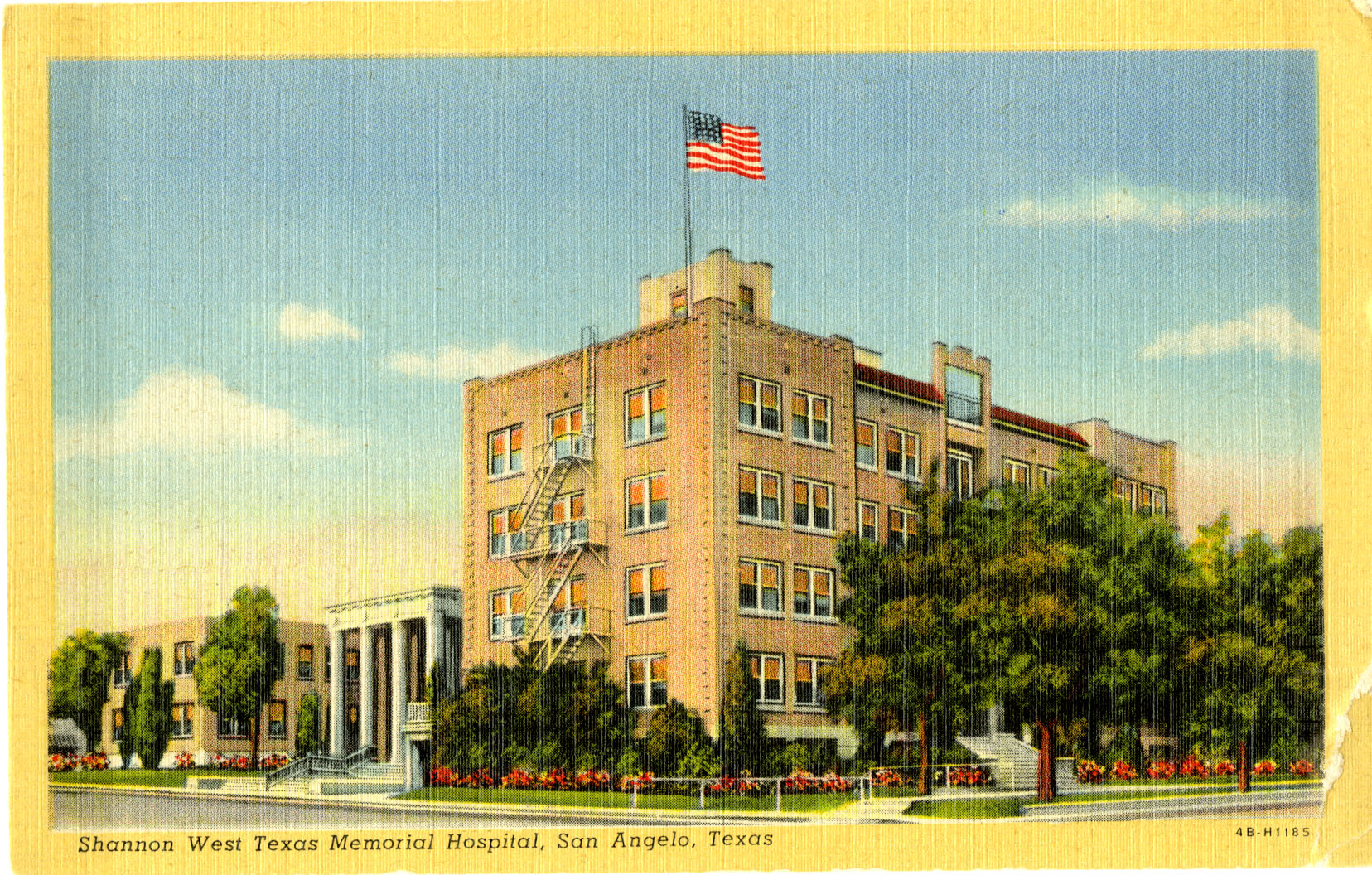
Shannon West Texas Memorial Hospital (now Shannon Medical Center) would eventually become the largest healthcare provider in the Concho Valley, covering a service area of 25 counties in Texas with a mission to provide exceptional healthcare to family, friends and neighbors. Shannon Medical Center remains a not-for-profit hospital independent of any county tax structure to fund its operation, thanks to the foresight and pioneer generosity of J.M. and Margaret Shannon.
The San Angelo Standard-Times newspaper perhaps predicted the durability of the Shannon legacy best in 1931:
“For years the Shannon name has stood for stability, good judgement and a port to which the storm stricken might flee and find safety and welcome.”
Shannon would like to thank the administrators and staff of the Dr. Ralph R. Chase West Texas Collection at the Mayer Museum at Angelo State University for their assistance in creating this series of historical blog posts. Learn more about the West Texas Collection at www.angelo.edu/community/west-texas-collection.
